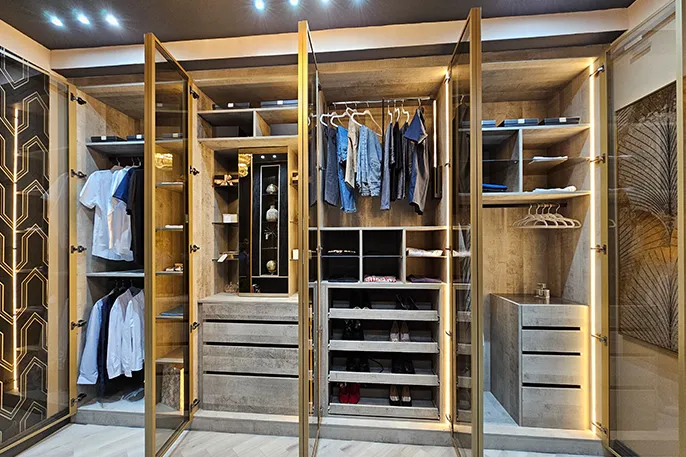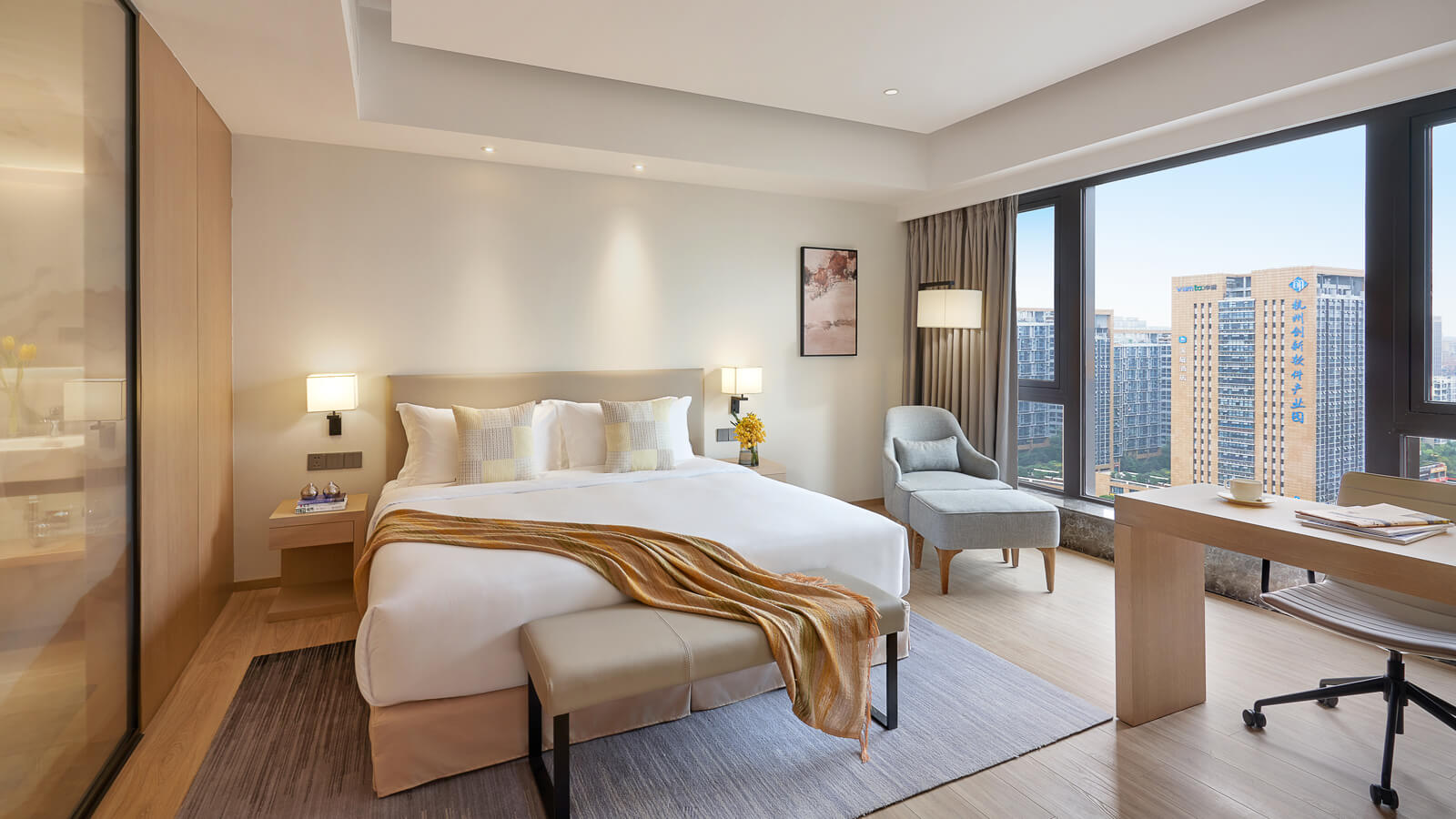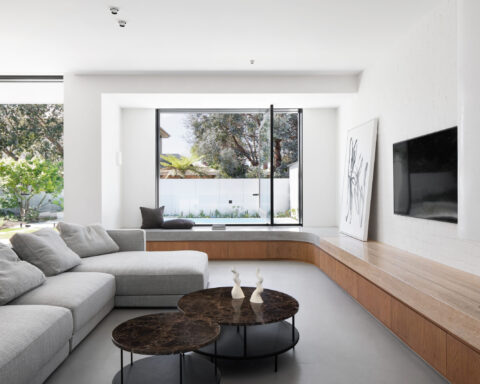People can often resist the idea of adding printed pattern clothing to their wardrobes. That is because it presents a bit more of a challenge when it comes to matching up items.
Patterns create a greater possibility of getting it wrong and ending up with ugly style clashes. Unless you are natural fashion maven with a great eye for what goes well together, it can seem easier to stick with block colors.
That is a shame though, because patterns and prints will add texture to your look. Therefore, we have produced this guide to help you navigate the issue.
Why You Need Patterns
Rather than risk getting it wrong in public, many people opt to just do without patterns and prints. The fact is though that patterning gives an outfit more pizzazz and visual interest and learning how to wear patterns will greatly increase your style choices.
Many people tend to stick to buying patterns only when buying home furnishings and bed sheets but we need to transfer this love for patterns into our everyday wardrobe.
It is really not that difficult to avoid the pitfalls either. Following some simple pointers will let both men and women explore a range of printed patterned clothing without looking gaudy.
- Consider balance
For those who are just starting out in exploring patterns, a safe way to begin is by combining them with block colors. That can be an especially wise move if you are trying out bright printed patterned items like these floral tapestry pants.
They will be great for making a bold statement, but trying to match them with another pattern for the top half of the outfit will be tough. Picking a plain white or black top to balance out their multi-colored texturing will give you a nice balance.
- Start with accessories
Feeling your way into the world of patterns and prints through accessories can be a good way to get started. For men, that can mean wearing a tie with a paisley, floral or polka dot pattern alongside a block colored suit and shirt.
For women, it might mean adding a scarf with patterns of that sort to otherwise plain colored outfits.
- Go classic
Although new patterns are always being devised, certain ones have timeless classic status. That means things like floral, gingham, checks, stripes and dots.
Newer patterns may seem instantly appealing but they can date quite quickly. Sticking with patterns that have stood the test of time will reduce the risk of your wardrobe seeming tacky after six months.
- Always contrast
If you want to feature patterning throughout your outfit, you should always try to add some visual contrast. This is known as mixing patterns, and it is where there is the greatest risk of creating a clash.
Never wear a top and bottom half with exactly the same pattern. Pairing smaller and larger variations of a particular pattern works well, because the smaller one acts as a neutral.
That can mean small polka dots on a skirt and larger ones on a blouse for women or suits with thin stripes paired with a thicker striped tie for men.
- Color is key
Alongside the actual patterning, the colors will determine whether pieces work well together or not. If you are wearing one item that is very colorful, choosing another in a neutral shade will prevent a color overload.
Unless you have a very extroverted personality, a riot of colors and patterns will overwhelm you. That can create the sense that your clothes are wearing you, rather than the other way around.
- Think long-term
There is no point in buying an attractive patterned item if it will not last or work alongside your existing wardrobe. Try to picture at least three pieces you already own that it can be worn with and look for durable pieces like hand embroidered ones.
There are many options when it comes to patterns, so you should be able to find something that appeals to you.








